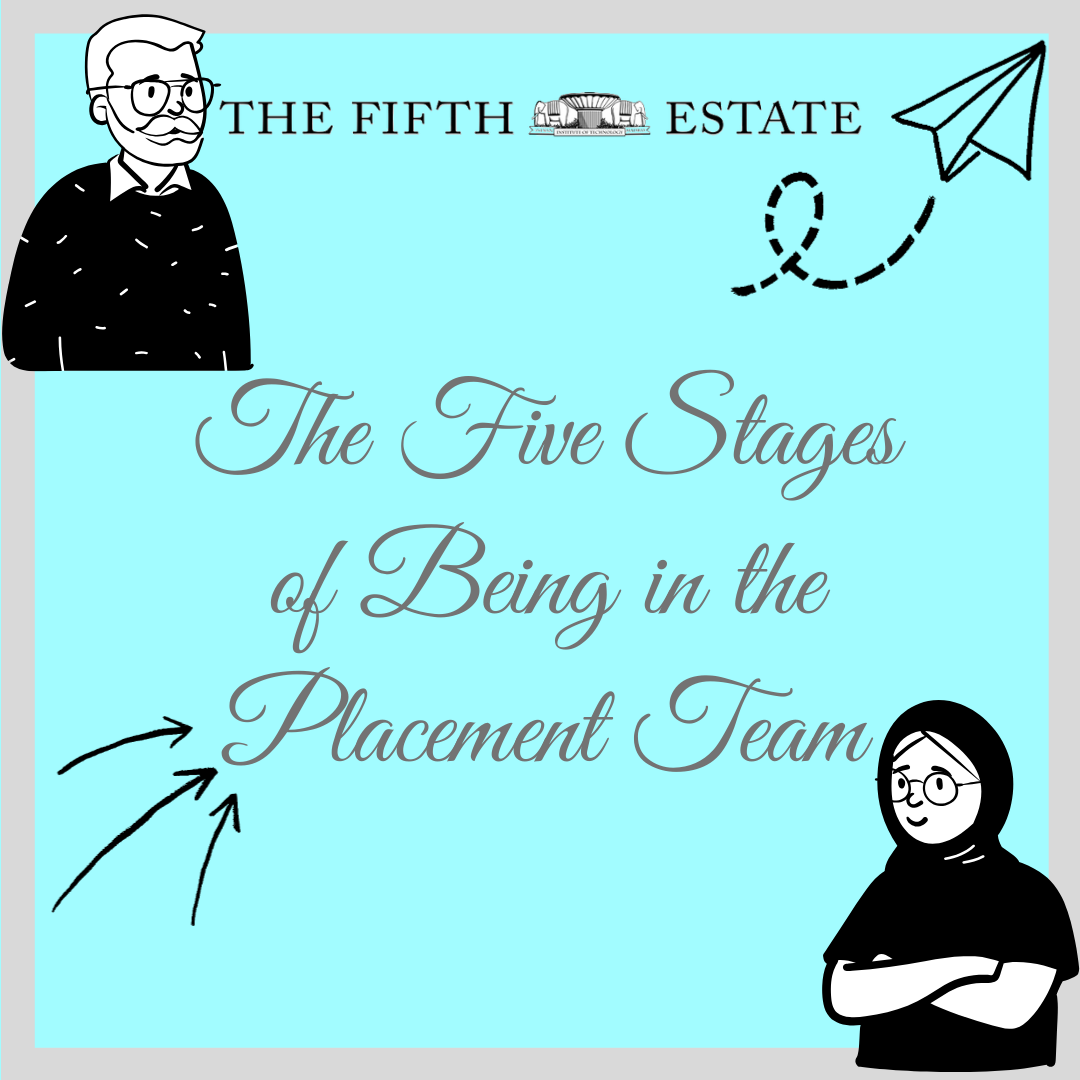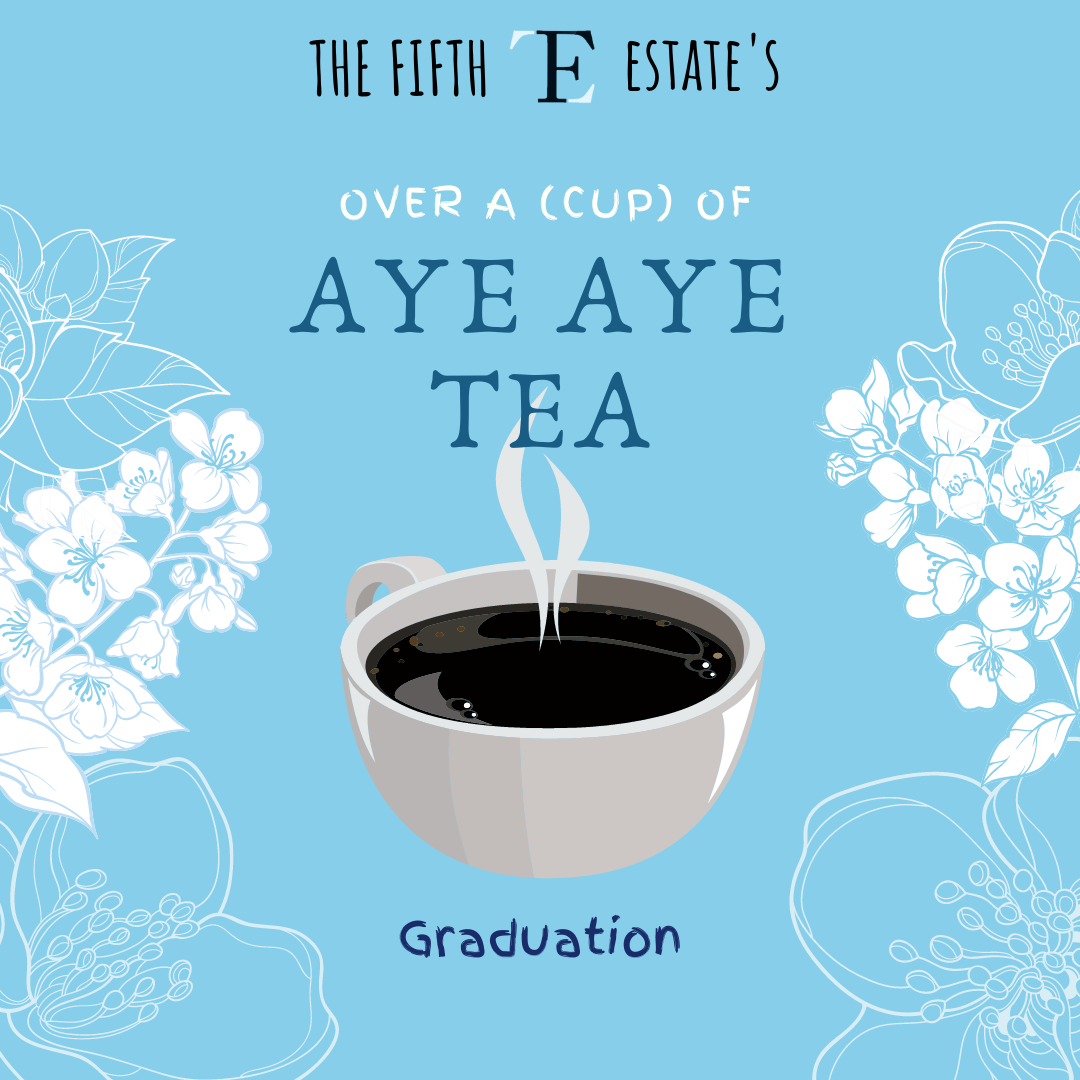Disclaimer: This is not a random Quora article where the author thulps JEE after 2 years of heart-wrenching efforts.
Most of us have been through two tumultuous years, immersed in ‘problems’ as we worked our way through them, reducing paragraphs of information to equations and disentangling the complex conditions to derive meaningful results. Of course, educated guessing might have been another weapon in some of our arsenals too.
Let’s not forget the countdown to the results, the results and the whole bag of JoSAA crap that is thrown at us out of nowhere.
While some of us may have fond memories, some may not relate, at least at this point of time (including me, who is still bugged by my JEE-A results and the following priority selection in JoSAA. At that point in time, I believed that I was 100% sure of my choices. But if you ask me now, I say following the crowd is better at times).
But does the JEE setup achieve what it wants to? Is mugging some set of magic formulae enough to crack it with a decent rank?
The magic formulae themselves are nothing but intelligently devised simplifications, so the real question is, does everyone knowing the formula understand how it comes and when to use it?
These questions might have bugged us sometime in the past and even in the present. Also, I’m sure that each one of us would have had the discussion of how our educational system is a total failure with our friends. Though that might have been an obvious exaggeration, does JEE fare worse off than selection systems in other countries? That’s what we are going to discuss in this article.
So let’s start with the Dragon near our country (China, duh). They have the ‘Gao Kao’ exam, which is an entrance with a pattern similar to JEE, and it is compulsory for all engineering aspirants to attempt it. So as expected, it has some more straightforward questions to cater to students on the other side of the bell curve. Besides, they also have proof/essay questions. The exams last about nine hours over a period of two or three days, depending on the province. The top colleges, however, conduct separate entrance test obtaining good scores in which fetches additional points and is used to differentiate between the crème la crème and rank them.
Sailing further south, we land on Singapore. A quick Google search regarding the admissions at the popular universities there -NTU and NUS – displays that non-international students are ranked based on their high school grades (the GCE A-level). Selection tests or interviews are not required as part of the application process except for applicants under consideration for scholarships or aptitude-based (discretionary) admission. I find the aptitude based admission idea quite impressive – if students are unable to meet the required cut-off marks, they are then judged based on extra-curricular achievements. These students may be admitted on other bases, including demonstrated ability and interest, work experience, leadership, community service and exceptional talent, subject to a minimum level of academic competence.
Some of the top European universities like ETH Zurich, TUM, and Munich follow essentially the same outline except that they may have different weights for different grades and may demand a CV. TUM also offers 2 kinds of degrees:
- Unrestricted degree – no cap on the number of seats, if the candidate is fit, he/she is admitted and
- ’ Numerus Clausus’,i.e. a fixed number of seats – in this case, if some seats are unfilled, they are offered to students who may not have got the seats of their choice.
Interviews are conducted in exceptional cases like the aptitude-based criterion we have seen in Singapore.
Same holds for Australian colleges where there is a unified evaluation system called ATAR in place. ATAR stands for Australian Tertiary Admission Rank, it is calculated using one’s high school grades. Each subject in high school is given a different weightage, and accordingly, one’s scores are scaled. Watch this short clip to know more about ATAR! Students who have not been admitted through ATAR are allowed for further evaluations, as mentioned in other cases. One of the statements I found on the ATAR website is worth a mention:
“The lowest selection rank does not represent the average ability of the students accepted for the course and does not reflect the difficulty or quality of the course.”
Next, we take a trip to the land of Ra-Ra-Rasputin where students toy with International Olympiad problems and dominate the ACM-ICPC. If you haven’t figured out already, I’m talking about Russia! Each college has its own set of exams for evaluation and selection of students which are pretty rigorous in terms of the academics involved.
Coming to the UK, top universities like Oxford have a lengthy process of selection. First, the GCSE (the high school grades) scores are demanded. Next, they make students write a separate university exam and a personal statement, request an academic reference, and conduct interviews on top of that! At the end of the long-drawn-out process, they may offer an unconditional letter of acceptance or even a conditional letter, depending on your final school grades. (Yes, this whole process happens before your finals get over.)
For our last stop, we will go to the United States, the home to some of the top QS-ranked colleges. The universities there also follow a lengthy process, starting with your SAT score. For the uninitiated, SAT stands for Scholastic Aptitude Test, and it is a computer-based test divided into three sections, Critical Reading, Mathematics and Writing to test a student’s ability in the same. College admissions officers will review standardized test scores alongside your high school GPA, the classes you took in high school, letters of recommendation from teachers or mentors and supplemental essays explaining why you are a good fit for the college. In addition, there will be separate tests, essays and interviews to obtain a scholarship for your studies.
The number of B.Tech programs (some have as much as 70 compared to about 15 we have here) that these countries have to offer is also amazing! In addition, there is a lot of mix and match allowed too.
In a way, this system of talking about your interests and why you want to join a particular college turns yourself inward and makes you look for your true interests. It helps you to better understand yourself and your passions. But as I mentioned earlier, the competition becomes steeper because one needs an all-round development, not just academically. Add to this the fact that the evaluation criteria are a complete black-box. It is impossible for the students to decipher out what their dream colleges actually expect. At least at the undergraduate level, it would definitely be a pain to ‘explain’ why we are an excellent fit for the college of our interest. Although looking at the all-round aspect of a candidate is good, in the sense that it permits a student to take part in extra-curricular activities, it may not be fair to judge a person based on his extra-curricular activities and force him to link his hobbies and area of interest. This causes children to be exceedingly cautious of how they spend their free time too.
Writing separate entrances for each college would be a pain, especially if all of the colleges are at the same tier. So it is wonderful that we have a single entrance for the IIT system, unlike China or Russia. Imagine if there were 23 JEE-Advanced exams the same year! Students would go nuts, and the contribution of coaching centres to the GDP will rise exponentially.
I feel the interviews plus SoP style can be quite easily incorporated within the JEE system. In fact, interviews used to exist as a part of the JEE-A exam. This helps students to make a more calculated decision on what and where they want to pursue their B.Tech. But it would have its share of controversies, students might find it hard to digest the results because of the system of evaluation doesn’t really have well-defined rules and depends a lot on the human evaluator.
Of course, there may exist scope for improvement of the JEE system, but I don’t think there are any massive problems that currently exist. It is a fair system. To the credit of the paper-setters, the paper is virtually unhackable, and all the problems can be solved using not an iota of knowledge more than the specified syllabus. However, it can also be argued that all the hard work over two years is being tested in a span of 6 hours, leading to immense pressure on the students. But in my opinion, it is the mind-set of people that need change. Unfortunately, many parents fail to look beyond engineering (and medicine) and thrust their children to the clasps of these coaching centres. They may have their own good intentions. However, there is a need for a good self-introspection before one jumps into this race. Enrolling in a coaching centre has more or less become a fad. It is one of the ways to acquire knowledge and train oneself, it is not the only way.
I tend to err on the side that JEE is not perfect, but it’s not broken either. And as the old adage goes, ‘if it ain’t broke, don’t fix it’.
The evaluation of whether JEE is indeed the best we can do is left as an exercise for the reader.




